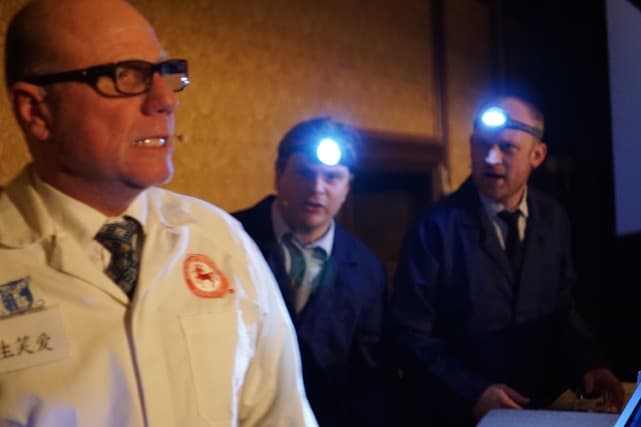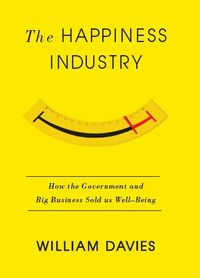Recently SafetyAtWorkBlog was able to spend some time with Bette Phillips-Campbell, the Manager of GriefWork, a unit of the Creative Ministries Network in Melbourne. GriefWork provides a range of support services to families of those who have died at work or due to work factors.
The conversation touches on issues including
- how GriefWork operates and is funded,
- work-related suicide,
- worker memorials,
- the application of restorative justice in the workplace context,
- how a workplace death affects company executives,
The interview can be accessed at Bette Phillips Interview 2015
If you want more information about GriefWork or how you may be able to help this service, please contact Bette on (61) 03 9692 9427 or by email.

 Most professionals, including occupational health and safety (OHS) professionals, support the use of stories or narratives or case studies to explain complex scenarios and situations. Recently, at the
Most professionals, including occupational health and safety (OHS) professionals, support the use of stories or narratives or case studies to explain complex scenarios and situations. Recently, at the  As the Australian Government analyses the
As the Australian Government analyses the